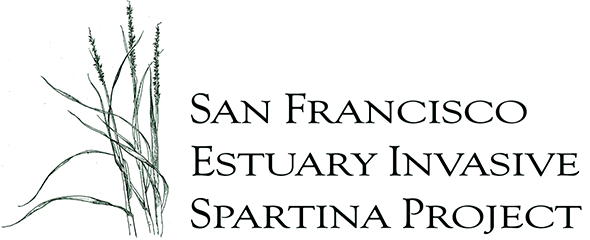Tidal wetlands at Bair Island, San Mateo County.
Vision for a Healthy San Francisco Bay
San Francisco Bay is a unique habitat
San Francisco Bay is the largest estuary on the Pacific coast of the U.S. Tidal marshes along its shorelines provide habitat for resident wildlife, including endangered species, as well as for millions of migratory birds along the Pacific flyway.
Along with providing important habitat for wildlife, native tidal marshes also support climate resilience. Healthy wetlands benefit coastal communities by reducing coastal erosion, protecting against flooding and storm surges, filtering pollutants from water, sequestering carbon, and providing recreational opportunities.
Globally, up to 50% of tidal marsh habitat has been lost; in San Francisco Bay, 85% has been lost, due to being diked and filled for development and leveed for agriculture and commercial salt production.
Working together, Baywide
Over the last several decades, public support for restoring and preserving wetlands has grown, resulting in increased funding for restoration projects. As projects reopen historic wetlands to tidal flow, the work of the Invasive Spartina Project (ISP) ensures that these areas are not overrun by invasive Spartina and can develop healthy native marsh vegetation.
This project is a key step in baywide wetland restoration, helps implement well-vetted regional and state plans to restore San Francisco Bay marshes and mudflat habitat, and builds natural ecological functions that increase the Bay’s resilience to climate change. Some of these plans include:
- U.S. Fish and Wildlife Service Tidal Marsh Recovery Plan
- San Francisco Estuary Institute’s Adaptation Atlas
- Coastal Conservancy’s Strategic Plan
- California Natural Resources Agency Natural and Working Lands Report for climate change preparedness
- U.S. Environmental Protection Agency’s San Francisco Estuary Blueprint recommendations
- San Francisco Bay Joint Venture 2022 Implementation Strategy
- Baylands Ecosystem Habitat Goals Climate Change Update
- San Francisco Bay Subtidal Habitat Goals
- San Francisco Estuary Blueprint
- California Department of Fish and Wildlife, State Wildlife Action Plan
- California 2030 Natural and Working Lands Climate Change Implementation Plan

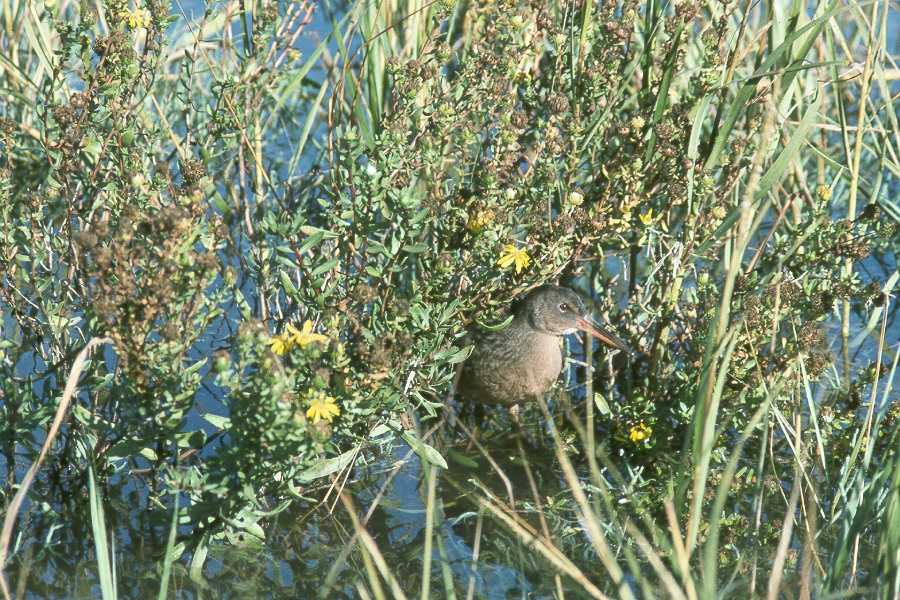
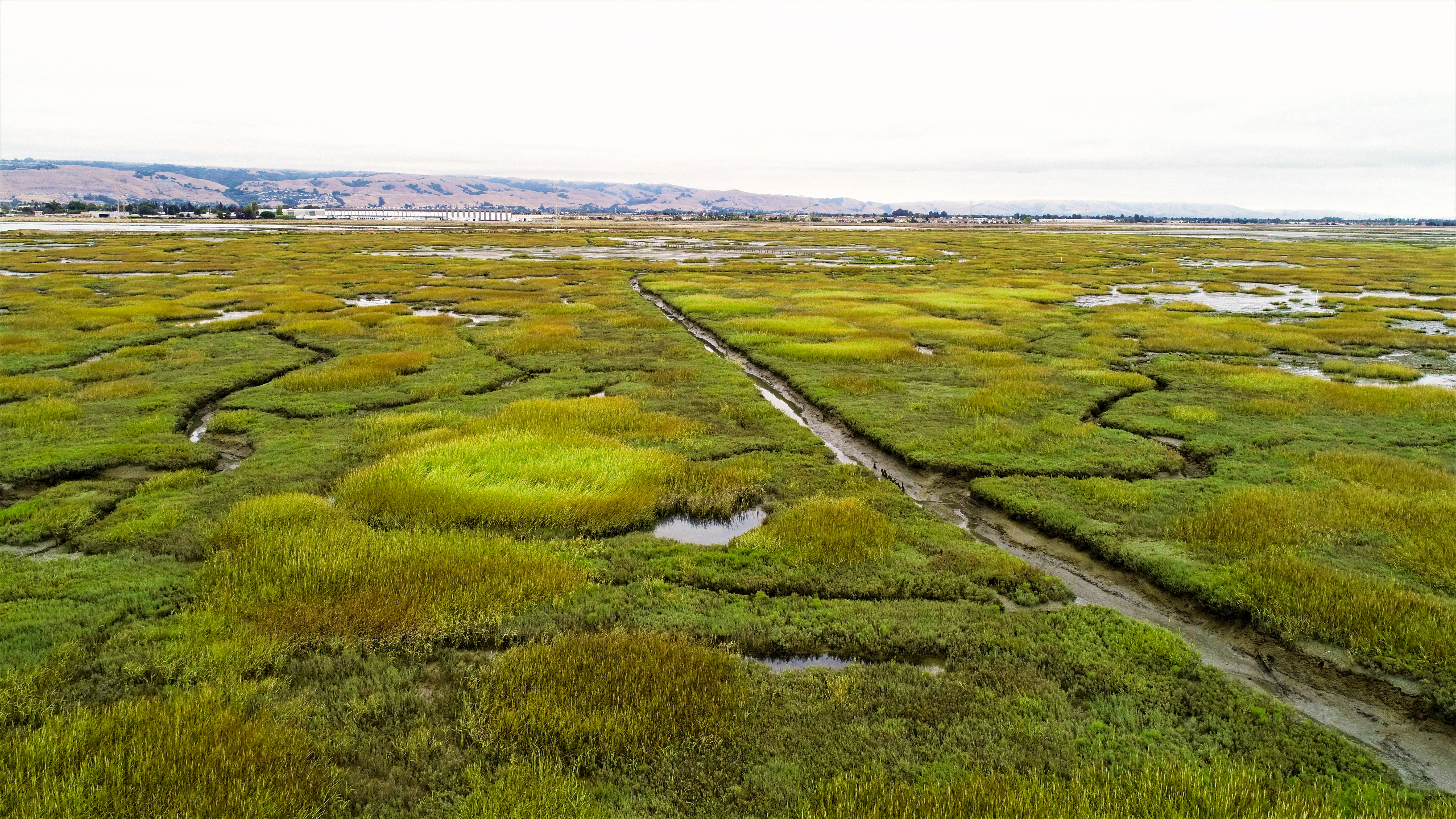
Protecting tidal marsh restoration
Substantial resources and funding have been invested in wetland restoration projects around San Francisco Bay by many local, state, federal, and private entities. Invasive Spartina threatens these restoration projects, putting them at risk of not achieving the many environmental protection benefits they were designed to provide. The success of these restoration projects is increasingly important with climate change, which also puts wetlands at risk and requires a suite of adaptation solutions, including enhancing green infrastructure.
Removing invasive Spartina will result in establishing higher quality habitat, which will result in earlier ecosystem and shoreline benefits to local communities, and lower ongoing costs to address this challenge. By monitoring and treating invasive Spartina, this project provides critical assistance in protecting the major investments to native tidal wetland restoration efforts and sea level rise adaptation in the Bay. (Learn more about the impacts of invasive Spartina here.)
This project’s success depends on coordination with landowners and managers around the Bay’s nine counties help identify invasive Spartina and prevent its spread. Please get in touch with the program team if you manage any existing wetland or shoreline sites, or manage restoration plans for future sites that are planned to be tidally connected. The sooner we work together, the more effectively we can strategize to protect your restoration site. Contact us.
Protected species living along the San Francisco Bay shoreline include:
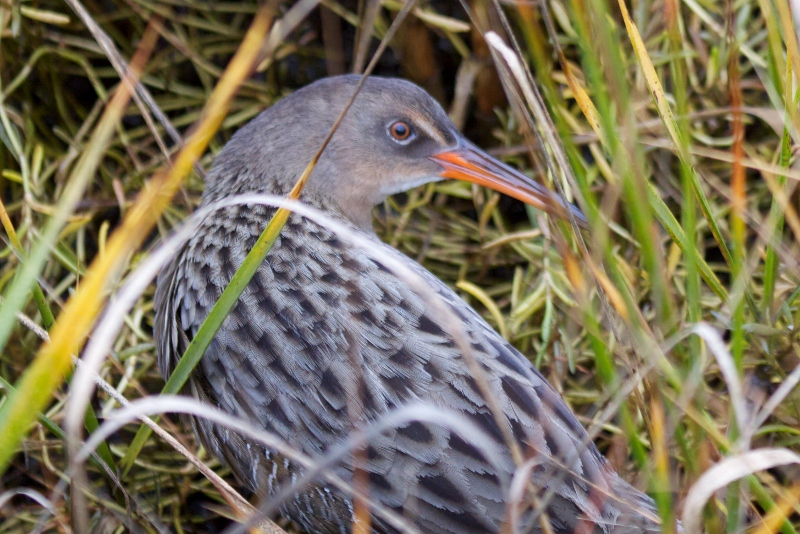
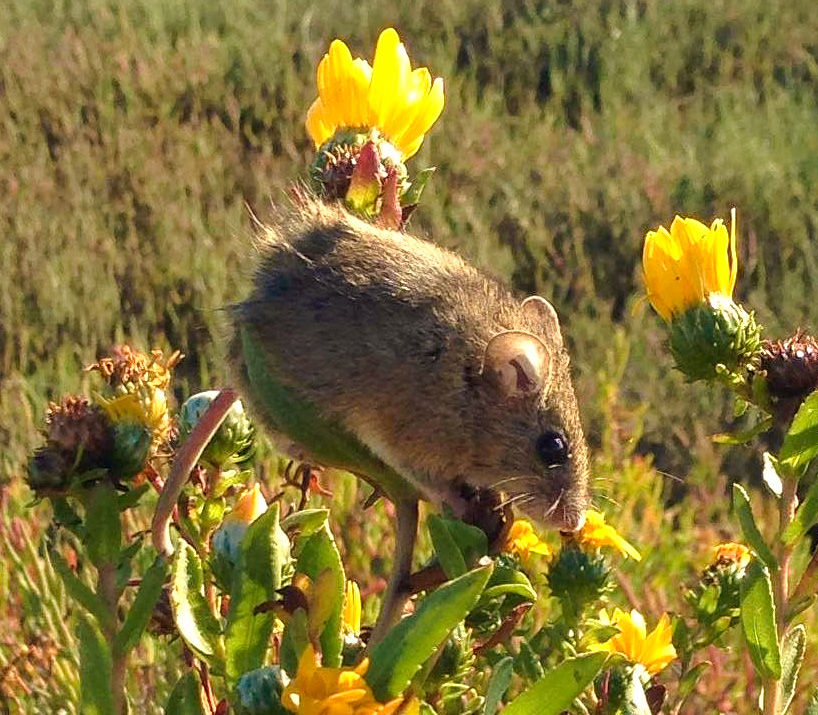
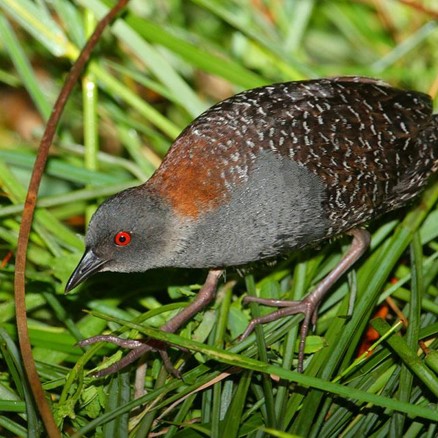
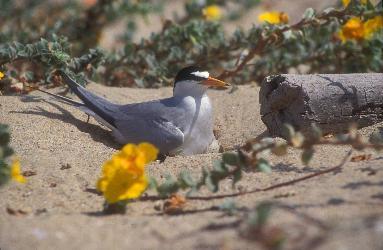
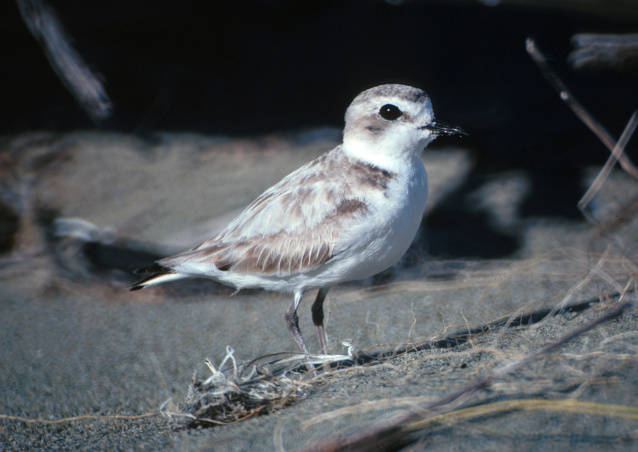
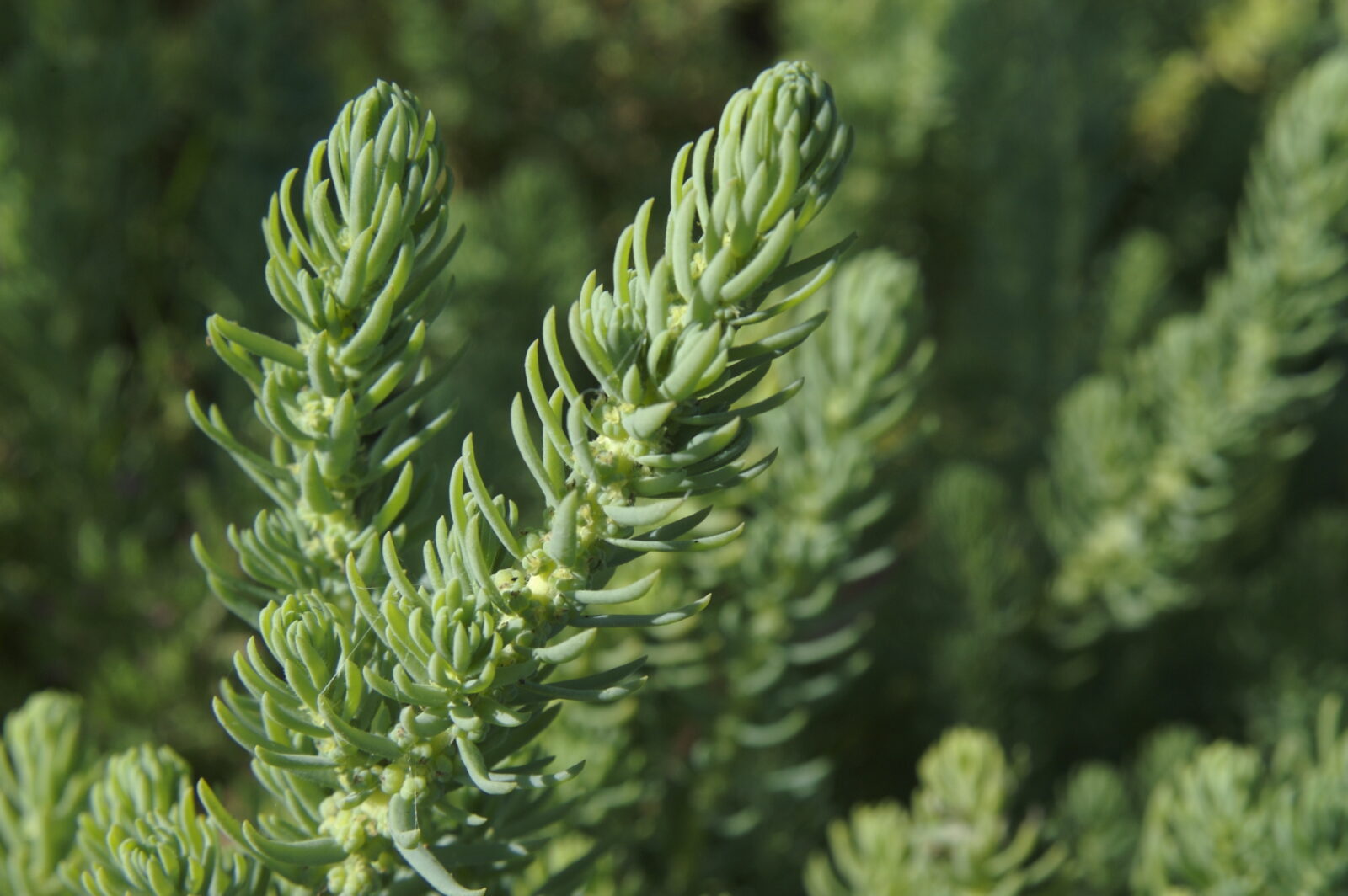
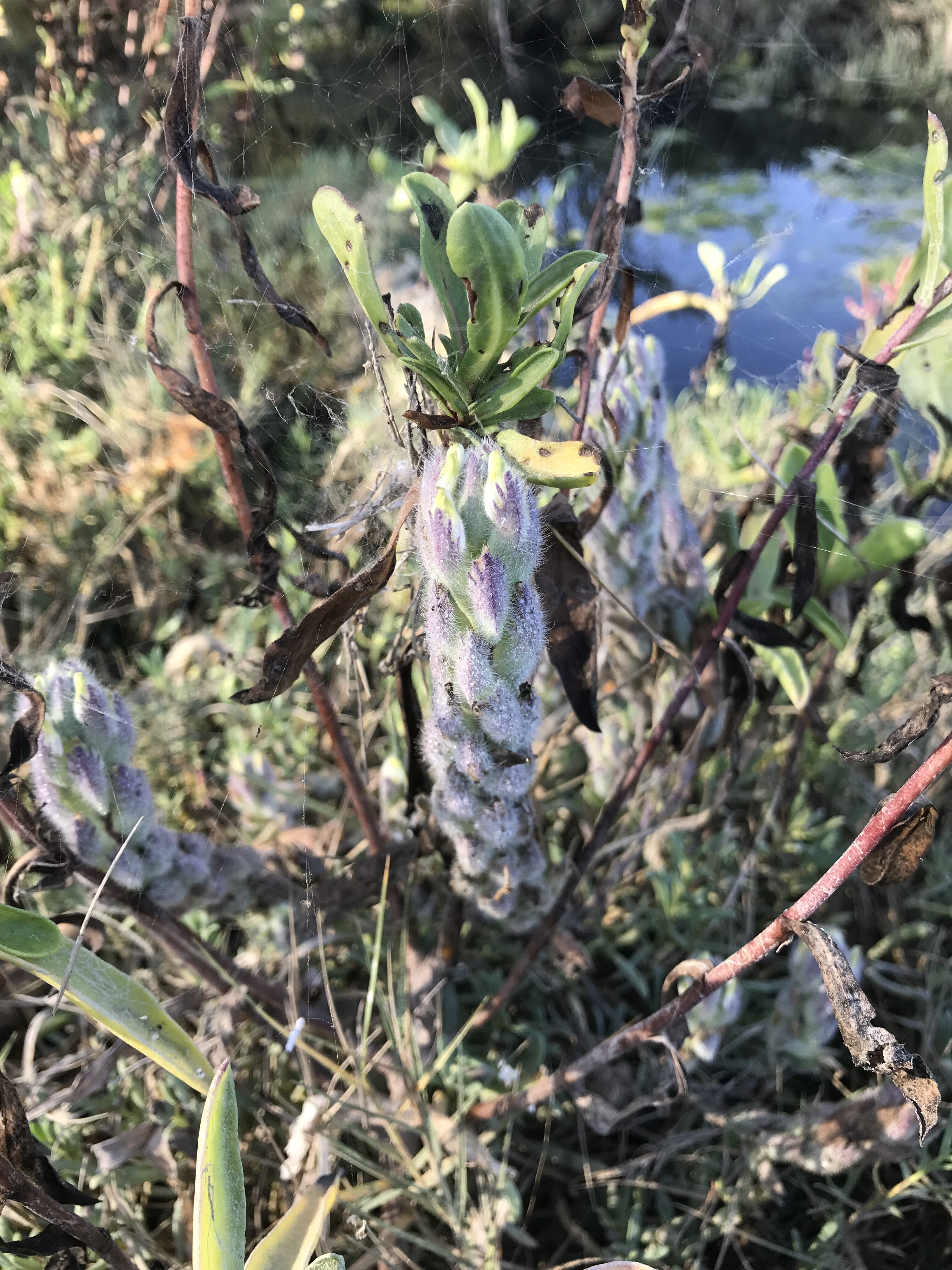
Photo credit for California seablite: Jerry Kirkhart CC BY 2.0 DEED
